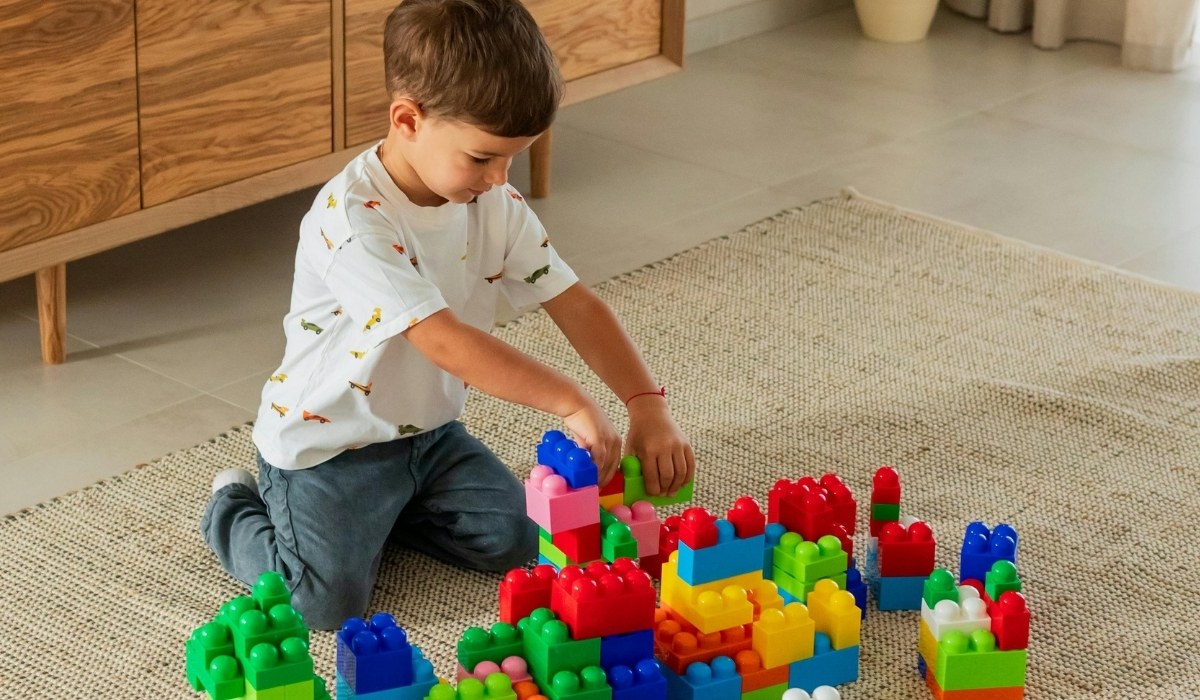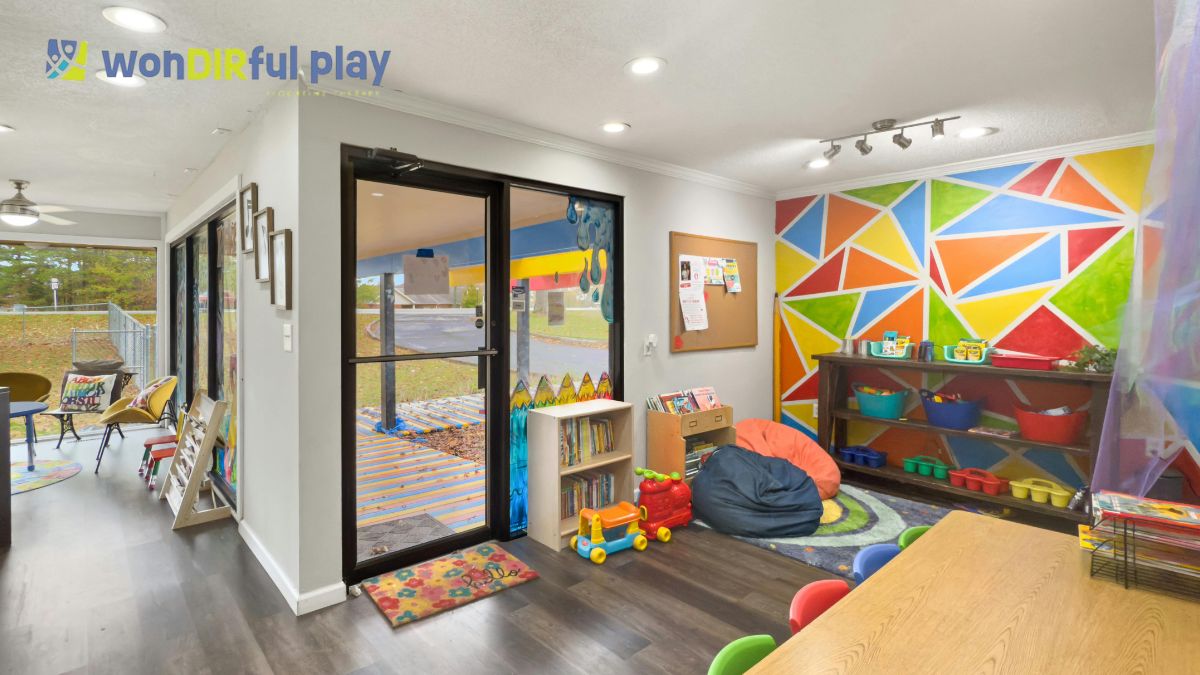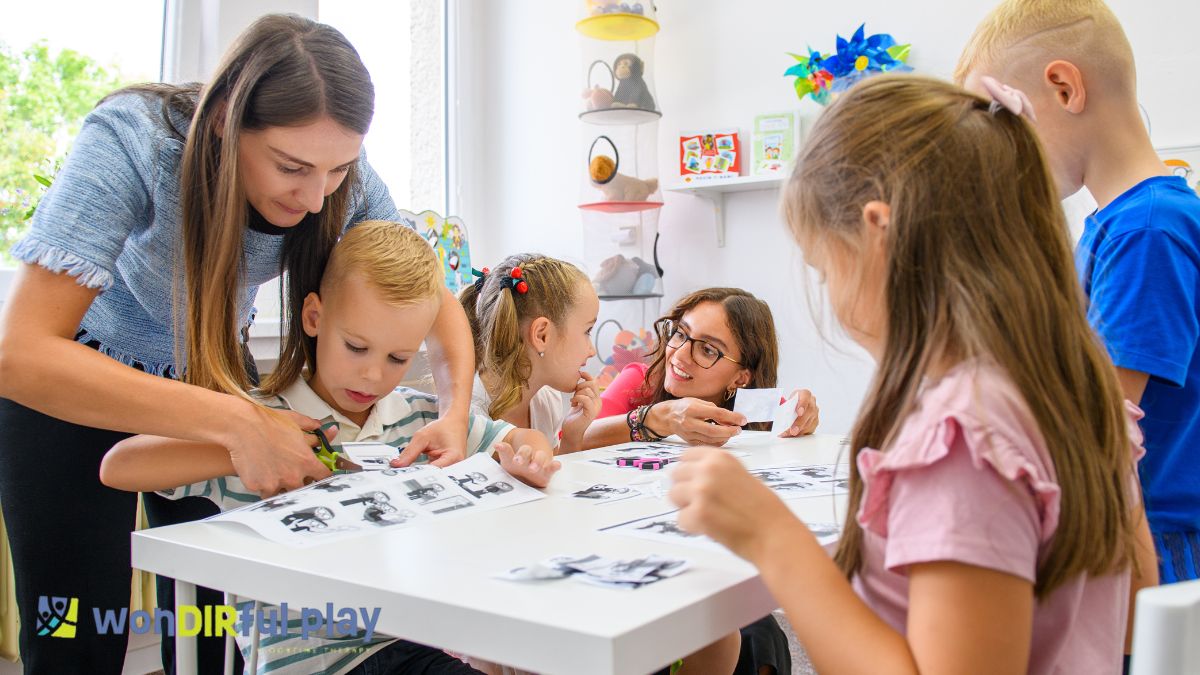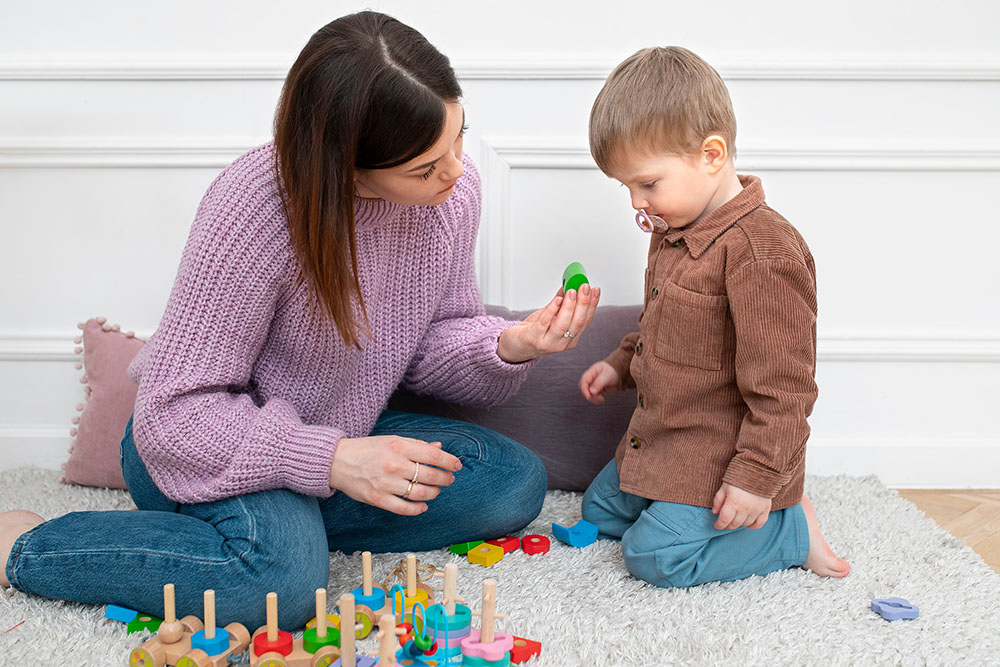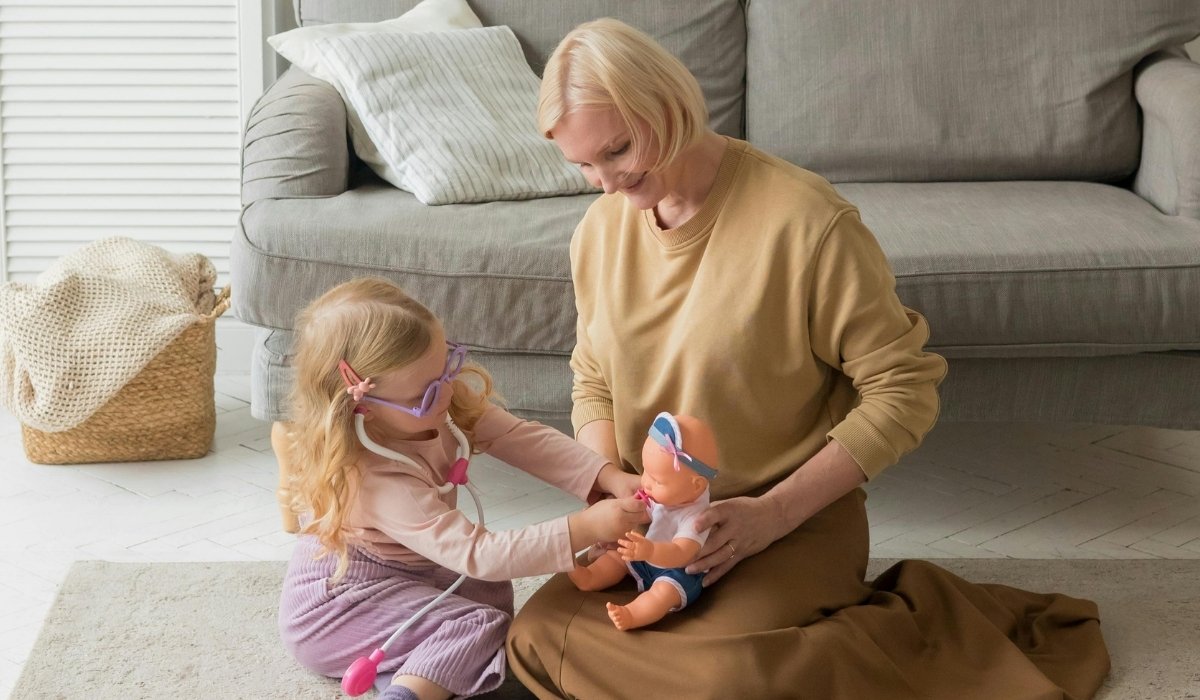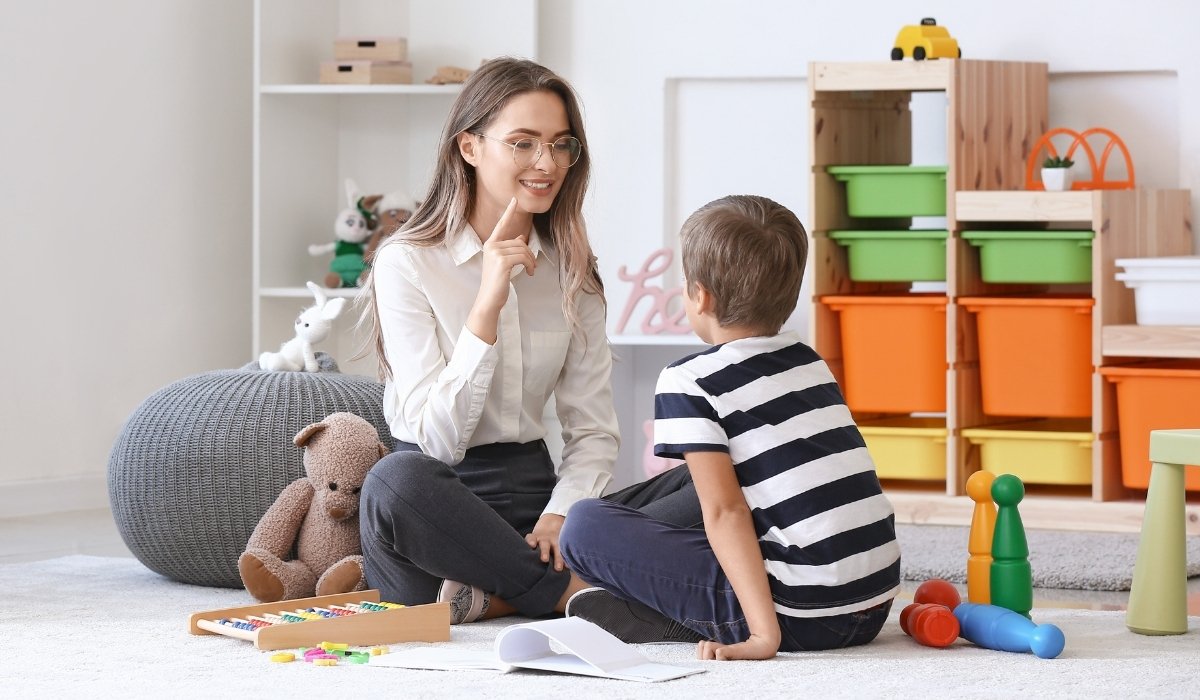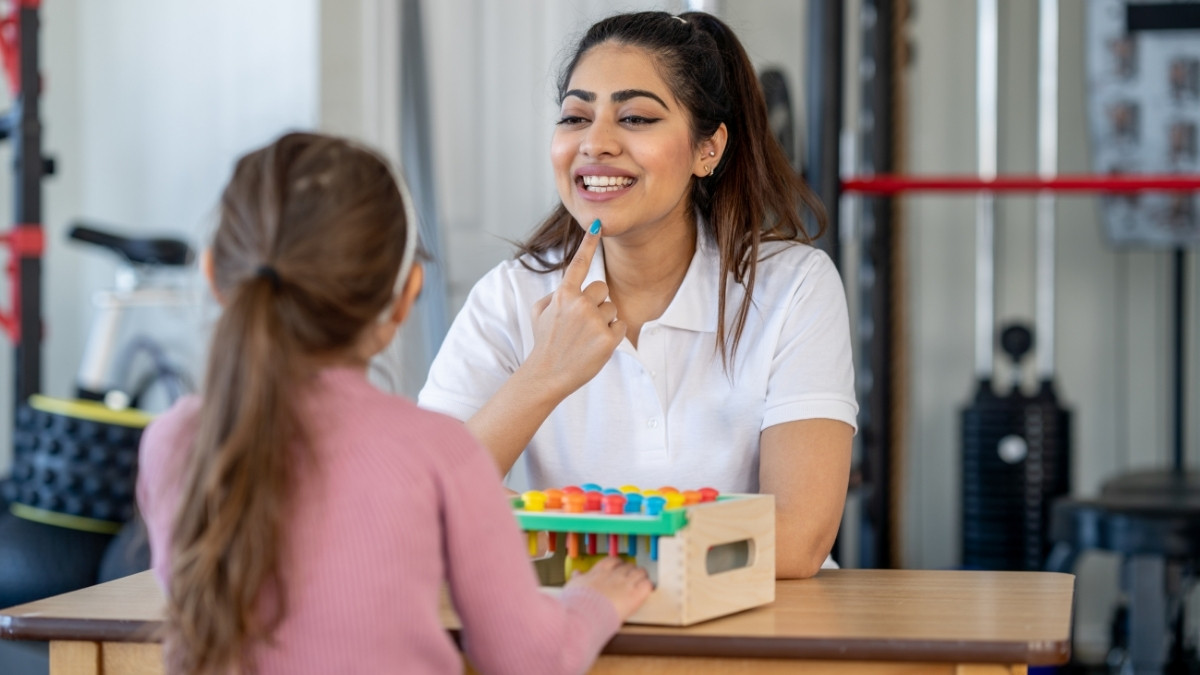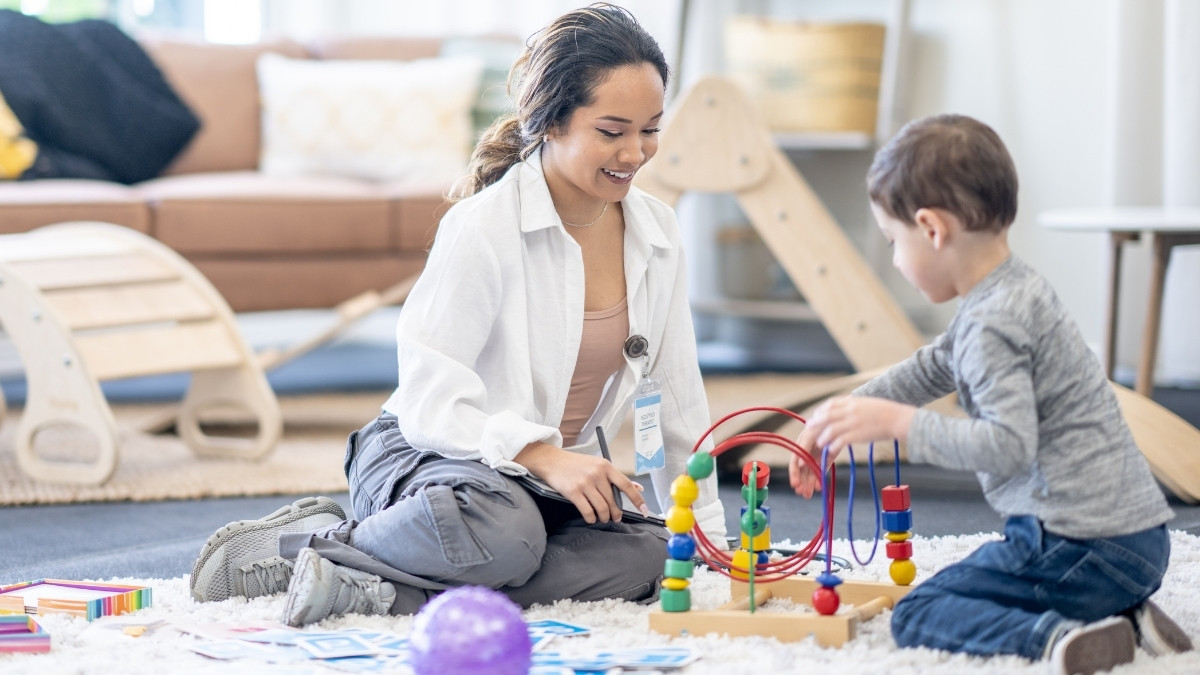DIR Floortime Home Session Checklist for Parents
November 9, 2025
A DIR Floortime checklist helps parents organize home sessions that build engagement, connection, and communication. Use the checklist to track steady growth.

Key Points:
- A DIR Floortime home session checklist helps parents create consistent, relationship-based play that builds engagement, emotional connection, and communication.
- At-home Floortime works best when parents prepare a calm space, follow the child’s lead, and record progress after each session.
- Consistent practice transforms daily routines into meaningful developmental growth.
Parents who try to do Floortime at home often say the same thing: “I know I should follow his lead, but I don’t know what to do next.” When autism affects 1 in 31 children in the U.S., home routines that support engagement become very important for progress. DIR Floortime for parents is simply the clinic approach simplified for the living room.
The goal is to build warm, back-and-forth play that meets your child’s current developmental level. The checklist below shows what to prepare, what to do first, and how to end well so every session feeds into progress.
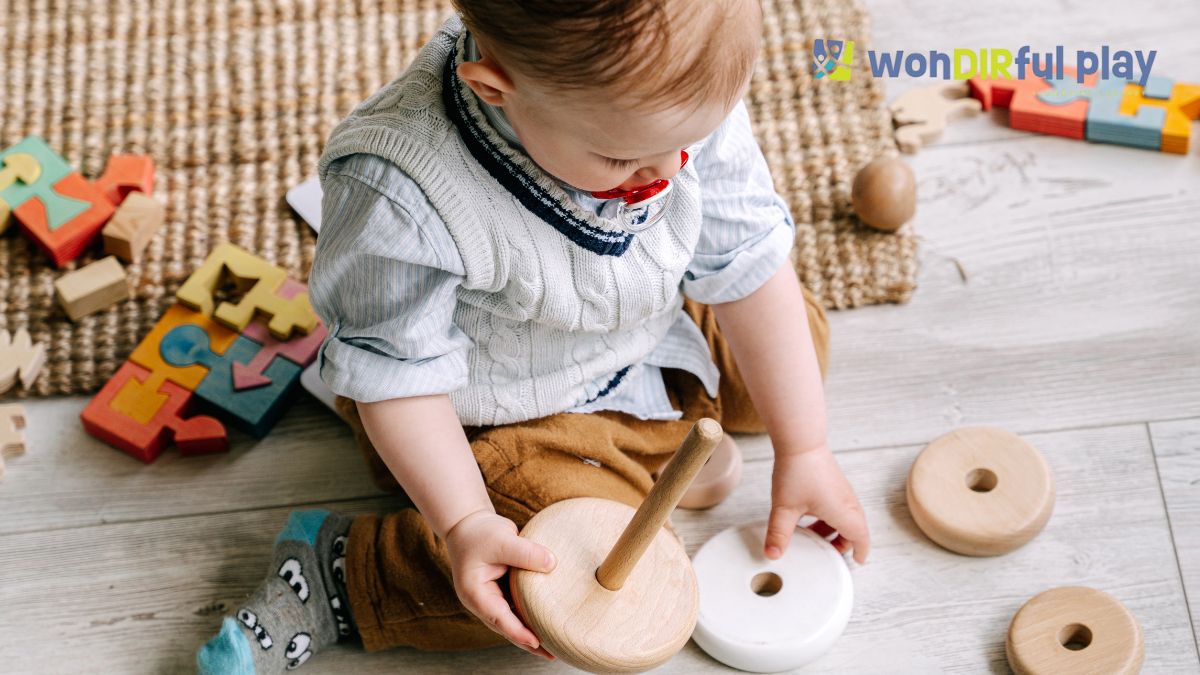
What Is DIR Floortime and Why Do It at Home?
DIR Floortime is a relationship-based model that starts with your child’s interests, then uses affect, play, and gentle challenges to grow attention, shared problem-solving, and emotional thinking. This aligns well with relationship-based play approaches. It follows the Developmental, Individual differences, and Relationship parts of the model.
At home, parents can repeat these interaction “reps” many times a week, which studies show is the best way to increase engagement. Home sessions are important because:
- Children relax more in familiar spaces.
- Parents can match DIR therapy guide goals to real-life routines like snack, bath, and after-school play.
- Practice hours add up.
One follow-up study found that when families added around 14 hours a week of home Floortime for a year, 47% of children showed good improvement in functional emotional level. This is similar to what progress tracking and evaluation in DIR Floortime highlights about steady parent-led hours.
DIR Floortime at home is not about making the parent a therapist. It is about making the home a place where circles of communication happen again and again during play.
What Should a DIR Floortime Checklist for Parents Include?
A DIR Floortime checklist for parents keeps sessions predictable. Parents know the order. Children feel invited. Having the list near your play area reduces overthinking and helps you stay relational instead of instructional.
Core items to include:
- Prepare the space. Clear the floor, turn off TV, silence phones.
- Pick the motivator. Choose 1–2 toys or activities your child already likes.
- Open the circle. Join at your child’s level and comment on what they are doing.
- Keep the interaction going. Wait, respond, and build back-and-forth turns.
- Add a small challenge. Change one detail to invite problem-solving.
- Support regulation. Offer deep pressure, movement, or a short break if needed.
- Close and document. End on success and write two lines about what worked.
Parents can print this checklist and use it every day, similar to the DIR Floortime checklist already laid out for home sessions.
How Do You Prepare the Home Environment?
A good session starts before you sit on the floor. Preparation keeps your child from getting pulled away by loud sounds or extra toys. It also protects your time so you can do 20–30 minutes of real engagement.
Environment prep steps:
- Choose a quiet corner. Use the same spot daily so your child links it with play.
- Limit toy choices. Offer a small basket or tray with 3–4 strong motivators.
- Use floor seating. Sit on the floor or low stool to stay at eye level.
- Remove distractors. Turn off background music and avoid open doors.
- Keep sensory tools ready. Have a chewy, fidget, or small weighted item nearby.
Parents who prepare the space first spend less time redirecting. This is a simple Floortime therapy tip that keeps the child regulated enough to engage. If your child needs movement, start on a mat or near a mini-trampoline so you can follow their sensory need inside the session.
How Do You Follow the Child’s Lead?
DIR Floortime works because the adult enters the child’s idea and not the other way around. The parent watches, joins, and shows enjoyment. The child sees that their actions create a social response. That is how circles of communication start.
Steps to follow the lead:
- Observe first. Watch for 10–20 seconds to see what the child wants.
- Match the action. If the child rolls a car, roll a car. If the child lines up blocks, line up blocks.
- Add affect. Use smiles, short sounds, and simple words to make the action social.
- Name their idea. “You like fast cars.” “You want the blue block.”
- Wait for response. Give space so the child can look, reach, vocalize, or do the action again.
DIR Floortime for parents is ideal because it shows the exact behaviors to copy at home, just like DIR Floortime in occupational therapy teaches caregivers to join play at the child’s level. It also lowers stress because parents do not need special scripts. They just need to stay inside the child’s idea long enough for the child to come back to them.
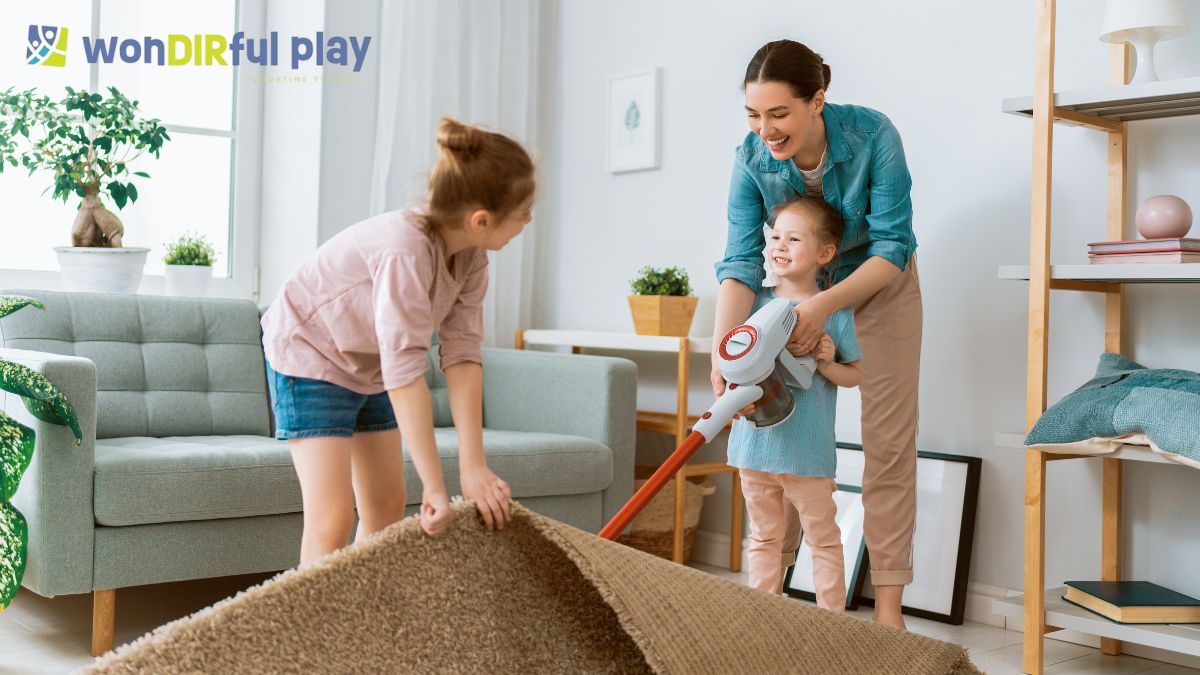
How Do You Keep Circles of Communication Going?
After joining the play, parents must keep it going. Research on play-based, parent-mediated DIR interventions shows that children make the biggest gains when parents maintain interaction rather than letting it drop.
Some programs even logged more than 100 hours of parent-run play over 10 weeks and reported meaningful changes in emotion, communication, and daily living skills.
Ways to keep interaction going:
- Use playful obstruction. Block the car with your hand so the child has to look at you.
- Offer a choice. “Truck or airplane?” Wait for any sign and follow it.
- Expand the autism routines. If the child always pours pretend tea, bring a guest or add cookies.
- Respond to small bids. Eye glances, hand taps, and short sounds still count.
- Celebrate success. Smile and comment when the child stays in the circle.
A 2025 DIR/Floortime study showed mean social scores rising from 29.7 to over 77 during the intervention, which shows how powerful sustained interaction can be. Parents can reach toward this by making sure every action from the child gets a social response.
How Do You Add Developmental Challenge Without Causing Meltdown?
DIR Floortime looks playful, but it is still developmental. Parents want to move the child one step higher in thinking, problem-solving, or emotional control. The challenge should be small enough that the child stays in the game. If challenge leads to dysregulation, go back to sensory support.
Challenge ideas for home:
- Level 1: Change a small detail. Use a different color, move the toy slightly.
- Level 2: Change the order. Ask for “car first, then bridge.”
- Level 3: Add a person. Invite a sibling, grandparent, or another caregiver.
- Level 4: Add emotion. Make the character sad, tired, or excited and see how the child reacts.
- Level 5: Add a problem. “Uh-oh, the train is stuck. What should we do?”
This is where an autism therapy checklist fits well, because parents can cycle through these challenge levels and see which one their child tolerates. If the child pulls away, lower the level and keep the connection.
How Do You Support Regulation During Home Sessions?
Some children need regulation before they can relate. Parents can mix DIR principles with simple sensory ideas to keep the child available for interaction. Parent-mediated reviews found that when parents were coached to adjust to their child’s sensory differences, parent-child interaction quality improved.
Regulation supports:
- Movement first. Do 2–3 minutes of jumping or animal walks before sitting.
- Deep pressure. Give a safe squeeze on shoulders or a blanket roll if your child likes it.
- Visual structure. Use a picture of “play with mom” then “snack.”
- Short breaks. Allow 30–60 seconds to drink water or hug a toy, then return to play.
- Match energy. If your child is slow, stay slow. If your child is excited, start high then bring energy down.
This keeps sessions from becoming power struggles. It also aligns with families searching for “Floortime therapy tips” because many children on the spectrum need this sensory layer to stay engaged.

How Do You End and Reflect After Each Session?
Ending well is part of the DIR home program. It tells the child, “Play is safe and will come back.” It tells the parent, “I know what worked today.”
End-of-session steps:
- Signal the end. “Last car,” “Two more throws,” or show the “finished” picture.
- Celebrate the effort. Mention one specific thing the child did.
- Record quickly. Write the date, what motivated the child, and what challenge level was successful.
- Plan the next session. Use the same toy if engagement was high.
Routine documentation supports consistency, which is one reason home-based DIR programs in studies could reach over 100 hours of parent-led interaction. This record also makes it easier to talk to your DIR provider about progress.
Frequently Asked Questions
Do parents need special toys for DIR Floortime at home?
Parents do not need special toys for DIR Floortime at home. Everyday items such as cars, bubbles, or pretend food work well when used socially. The key is shared play—taking turns, showing emotion, and following the child’s lead. Rotating toys and using household objects sustain engagement and creativity.
How often should families do DIR Floortime at home?
Families should practice DIR Floortime at home for one focused 20–30 minute session daily, with several shorter interactions woven into daily routines. Frequent, enjoyable sessions strengthen engagement and skill growth. Research confirms that consistent parent-led practice produces greater developmental gains than occasional extended sessions.
Can DIR Floortime be combined with other therapies?
DIR Floortime can combine effectively with other therapies such as speech, occupational, or school-based programs. Parents can integrate communication and sensory strategies from professionals into Floortime play. Coordination among providers ensures shared goals of regulation, engagement, and communication.
Support Your Child’s DIR Floortime Growth at Home
Consistent, relationship-based play is one of the simplest ways to help a child connect and communicate. Families seeking New Jersey-based DIR Floortime therapy services for children with autism can get guidance on setting up home sessions that look just like what we described here.
WonDIRfulPlay provides coaching so parents know how to prepare the space, follow the child’s lead, and build circles of communication that last. Reach out today to learn how your home routines can turn into daily DIR Floortime practice with clear goals and steady support.
Recent articles


-ink.jpeg)



-ink.jpeg)
-ink.jpeg)
-ink.jpeg)
-ink.jpeg)
-ink.jpeg)
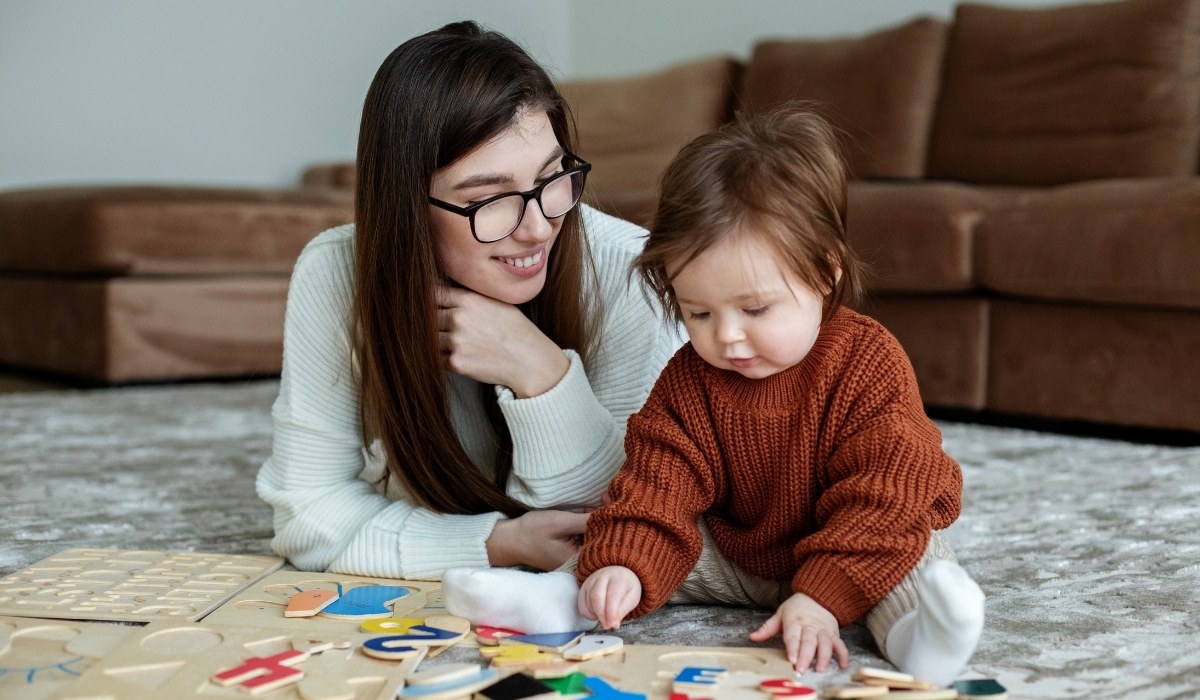
-ink.jpg)
-ink.jpeg)

-ink.jpeg)
-ink.jpeg)
-ink.jpeg)



